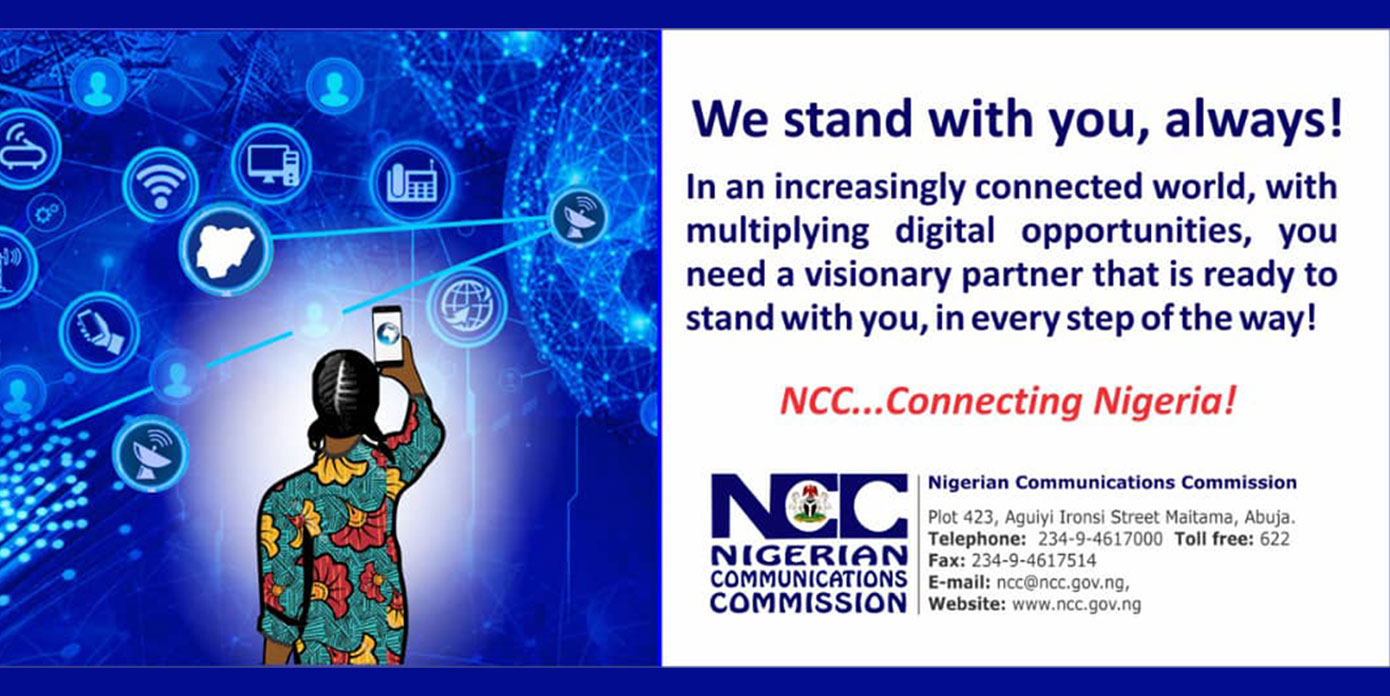- Connections to Hit 1.5b By 2024
European Commission-backed body the 5G Infrastructure Association, on Tuesday dismissed recent 5G launches by operators in South Korea and the US as little more than fluffed up LTE, with the networks unable to support any exciting use cases.
While today news broke that the Japan’s Ministry of Internal Affairs and Communications has allocated 5G spectrum to the country’s three incumbent mobile operators and newcomer Rakuten Mobile, after reviewing applications which revealed they plan to invest a combined JPY1.6 trillion ($14.4 billion) to deploy the technology over the next five years, Nikkei Asian Review reported.

This was even as a top French politician confirmed the country will not follow Germany’s model for issuing 5G frequencies, because its industrial players have shown no appetite for acquiring private licences.
Ericsson is upbeat that 40 per cent of the world’s population would have access to 5G services by end-2024, with 1.5 billion connections expected to use the new network technology by that date.
European group takes aim at 5G launches
Citing the long development cycle needed for network launch, chairman of the Europe 5G Infrastructure Association, Colin Willcock questioned what exactly was launched, “because it sure as anything isn’t the latest version of the standard”.
“These people who think Europe is behind, it’s not about who deploys first…it’s about who deploys best. Best means [being] able to support the exciting uses; the healthcare; the media; the automotive. Is that what’s being deployed today? No, it’s massive broadband, that’s LTE with new shoes.”
The comments follow a number of warnings over the last year stating Europe is lagging on 5G compared with markets already launching the technology including the US and South Korea.
He emphasised the need for Europe to focus on “full 5G”, but conceded there was a value in early launches to prime the market and demonstrate demand for further investment. “If you have a small-scale deployment and show from that the commercial case, then you can prove the investment case and that absolutely makes sense.”
“That vision of what 5G can be, the bedrock of a modern digital society will not be created by the systems that will be deployed this year or indeed next year, but a different version of 5G,” Willcock added.
Japan operators earmark $14B for 5G rollouts
Market leader NTT Docomo earmarked JPY795 billion, while number two KDDI plans to invest more than JPY466 billion, the newspaper said. SoftBank lined up a JPY206 billion investment, while Rakuten in a statement said it expected to invest JPY200 million “at most”.
The allocation of spectrum in the 3.7GHz and 28GHz bands comes around a week after mobile operators in South Korea and Verizon in the US launched mobile 5G service to consumers.
Japanese operators are required to install 5G base stations in half of 4,500 blocks, or districts, established by the ministry within five years, Nikkei Asian Review said. Docomo and KDDI both target 90 per cent coverage by 2024; SoftBank and Rakuten are aiming for 64 per cent and 56 per cent respectively.
All four operators are targeting the launch of mobile 5G services sometime in 2020. In December 2018 they stated they have no plans to deploy gear from Huawei and ZTE in the networks, following a ban on the use of Chinese telecoms equipment by government agencies in the country.
Docomo, KDDI and SoftBank are also working toward launching limited commercial 5G services in 2019, with pilots due to take place at the Rugby World Cup.
Rakuten Mobile started construction of its network in August 2018 and plans to launch 4G service in October.
French industry shrugs-off German 5G model
Secretary of state to the Minister of Economy and Finance Agnes Pannier-Runacher told Agence France-Presse the lack of clear demand for private 5G spectrum means there would be no allocation reserved for third parties. Instead, French operators will be granted exclusive rights to 5G frequencies.
The policy is vastly different from Germany, which has controversially kept back a sizable chunk of spectrum to allocate to industrial giants in the country. The move was one of the many grievances lodged by operators about the 5G spectrum allocation process.
Last month Deutsche Telekom CEO Timotheus Hoettges blamed the fact a quarter of available 5G spectrum was not being sold in Germany’s ongoing auction for creating an artificial shortage. Ultimately, he argued this would raise prices and leave operators short of cash for network construction.
While there is apparently no demand in France, industrial players in Germany are reportedly eager to apply for local 5G licences. Reuters reported Volkswagen, BASF, Daimler and Siemens were among the companies interested.
German regulator Bundesnetzagentur plans to allocate local licences in the second half of 2019. In a statement last month its president Jochen Homann said allocating the frequencies directly to industry allowed the networks to be “built exactly to the needs of the companies.”
In addition to the oft-cited connected factory use case, the regulator believes licences could benefit the agriculture and forestry sectors.
5G connections to hit 1.5B by end-2024
In its latest Mobility Report, comprising projections from end-2018 to end-2024, the vendor forecast there would be a steady rise on a previous prediction that there would be 1 billion connections by end-2023.
The new figure is equivalent to approximately 17 per cent of the world’s mobile connections expected at the time.
Ericsson said North America would be the region with the highest proportion of 5G mobile connections by end-2024, with a 55 per cent penetration rate, followed by North East Asia (43 per cent) and Western Europe (29 per cent).
Despite the rapid uptake rate of 5G, 4G is expected to remain the dominant access technology with 5.4 billion connections by the end of the forecast.
Ericsson noted: “5G subscription uptake is expected to be faster than for LTE, which in turn is the mobile communication technology with the fastest subscription uptake so far.”
In recent weeks a number of operators have pointed to a lack of device availability holding back 5G commercial launches, especially when quizzed on dynamics in their own markets. In its report Ericsson said it expected a “strong” line-up of smartphones supporting the technology to be available in Q2 2019.
However, the company warned although 5G would “take off” in 2019, it would not enter the mass market until the following year when “third-generation chipsets will have been introduced and a large number of devices will be available.”
By the end of the forecast period, the average data used per smartphone is anticipated to increase by a multiple of four to 21GB per month.
Compound global mobile data traffic across all devices is tipped to reach 136 exabytes per month by close of the period, some five-times higher than at end-2018.
IoT boost
The report also notes strong uptake of cellular IoT with global connections moving past the 4 billion mark during 2024, reaching 4.1 billion by the end of that year.
Well over half of these, it added, would be in North East Asia. Western Europe and North America will trail significantly but will still be the two regions contributing the next highest proportion.
In a previous IoT analysis the company said it expected global connections to reach 3.5 billion during 2023. with reports from Mobile World Live














